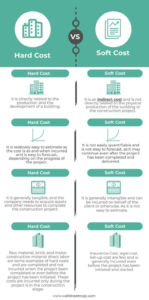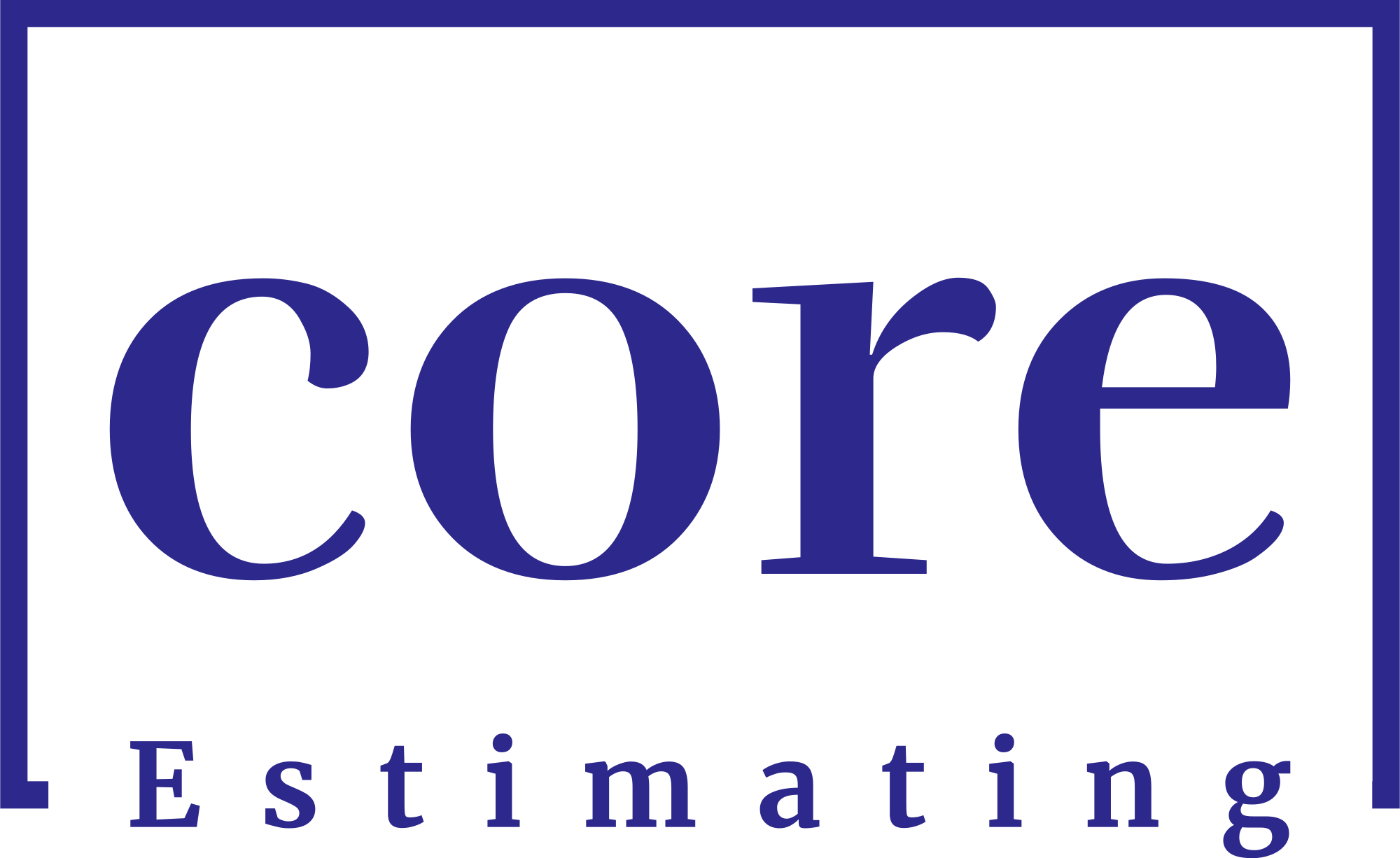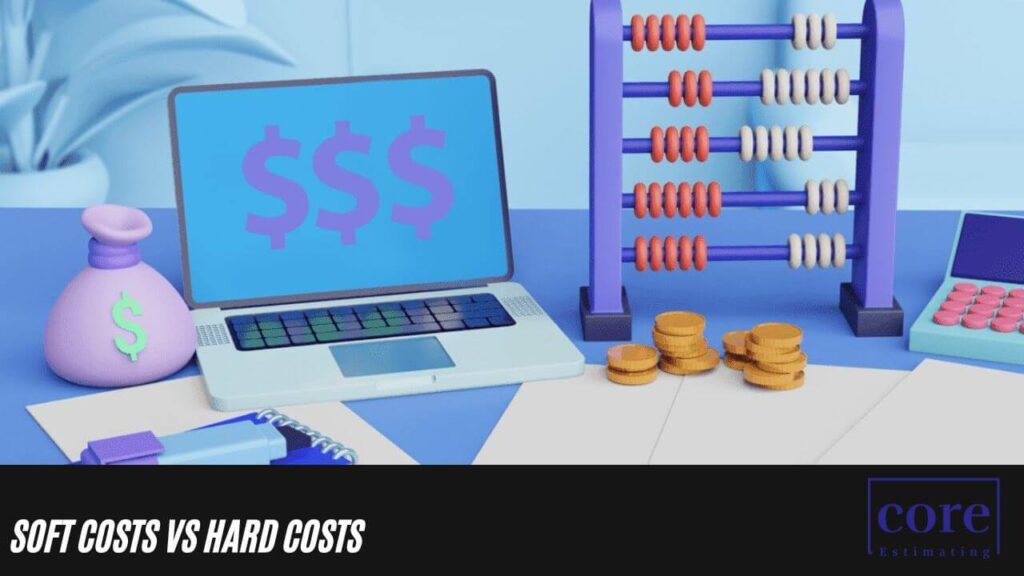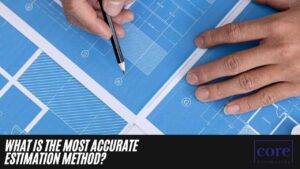Construction projects demand meticulous planning and cost estimation to guarantee they yield profitable returns for business owners. A pivotal element in crafting a precise construction cost estimate involves discerning the disparity between hard and soft costs in construction.
Outlined below is a thorough examination of hard costs vs soft costs in construction, accentuating the fundamental distinctions between these expense categories and elucidating their influence on the project’s total cost estimate and budget.
Hard Costs in Construction
Hard costs, also referred to as “core” or “tangible” expenses, encompass the direct expenditures associated with the physical construction of a building or structure.
These costs primarily include materials, labor, and equipment essential for the construction process. Constituting a significant portion of a construction project’s budget, typically around 70%, hard costs are incurred from the initiation of the construction phase until the completion of construction activities. They are generally fixed and undergo substantial changes only if there are modifications to the project scope.
The following items are categorized as hard costs in construction:
- Construction labor and material costs: This encompasses salaries for construction workers and purchases of materials such as steel, wood, concrete, insulation, glass, and other pertinent building materials.
- HVAC systems and utility installation: This involves the costs associated with the installation of heating, ventilation, and air conditioning (HVAC) systems, as well as electrical wiring, plumbing, and other utility installations.
- Safety systems and structures: These include expenses related to the installation of safety features such as automatic fire sprinkler systems, fire alarm systems, fire escapes, and building security systems.
- Interior and exterior finishes: This encompasses finishing touches such as wallpaper, countertops, flooring, as well as paving of parking lots and other exterior sitework.
- Landscaping: This covers the costs of landscaping elements including trees, grass, mulch, fertilizer, flowers, bushes, retaining walls, and any other landscaping components that enhance the visual appeal and welcoming atmosphere of the building’s exterior.
Soft Costs in Construction
Soft costs, also referred to as “overhead” expenses, encompass intangible expenses that are not directly tied to the physical construction process of a project. These costs typically include fees and expenditures related to planning, permits, legal matters, and other administrative aspects. The scope of the project, local regulations, and prevailing loan interest rates can all influence the magnitude of soft costs.
Soft costs are typically managed separately from hard costs and are spread out over the entire duration of the construction project, sometimes extending beyond the construction phase. This can pose challenges in predicting and estimating soft costs compared to hard costs.
The following are examples of soft costs in construction:
- Design fees
- Legal and accounting fees
- Land costs and/or surveying expenses
- Marketing expenses for promoting the new building
- Financing costs and interest payments
- Security system contract fees
- Environmental and sustainability assessments
- Taxes and other governmental charges
- Costs of movable furniture, computer equipment, and phone systems
It is essential to select partners wisely to manage soft costs effectively, as this can lead to significant savings in overall project expenses. For instance, collaborating with an efficient design team can result in a more streamlined building design, ultimately reducing project costs. Additionally, having strong legal, financial, and insurance partners can help control soft cost fees and ensure that your best interests are safeguarded throughout the project.
Key Differences Between Hard and Soft Costs in Construction
When embarking on a construction project, focus often centers on tangible elements like material prices, labor, and fuel. Hard costs, representing items integral to the physical construction, tend to dominate discussions, while soft costs such as office furniture and closing expenses often come into consideration later or as an afterthought.
Here’s a concise summary of the key distinctions between hard and soft costs in construction, offering a clear understanding of each cost type and their disparities:
- Hard costs: These are direct expenses crucial to the physical construction process. They typically encompass materials, labor, equipment, and other expenses directly associated with building or structure construction.
- Soft costs: These are indirect expenses not directly tied to the physical construction. They usually include design, permit, legal, insurance, financing, and other incidental costs essential for project completion.
- Estimation: Hard costs are generally easier to estimate and are more tangible, whereas soft costs can be trickier to predict and may fluctuate depending on project complexity.
- Budget composition: Hard costs typically constitute the bulk of the project budget, while soft costs typically represent a smaller portion of the overall budget.
- Payment timeline: Hard costs are typically disbursed during the construction phase, whereas soft costs are spread out over the project timeline and may extend beyond the construction phase.
Hard Cost vs. Soft Cost Infographics







